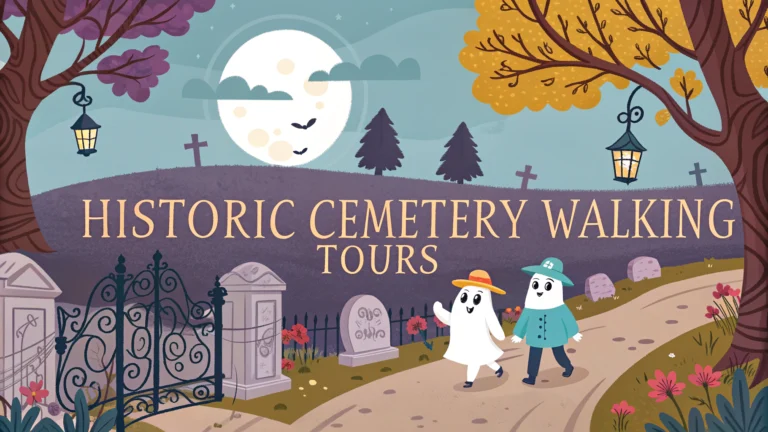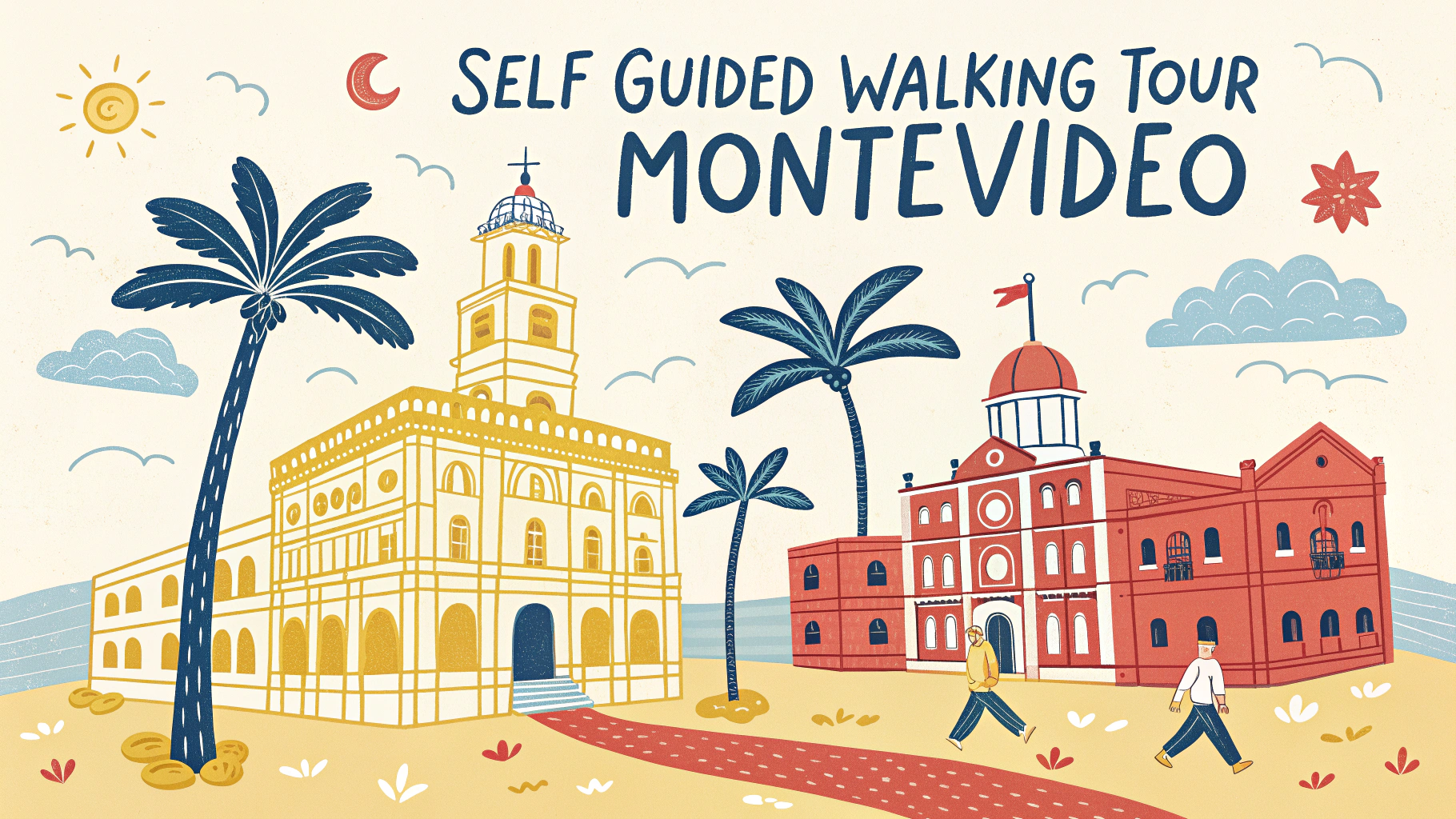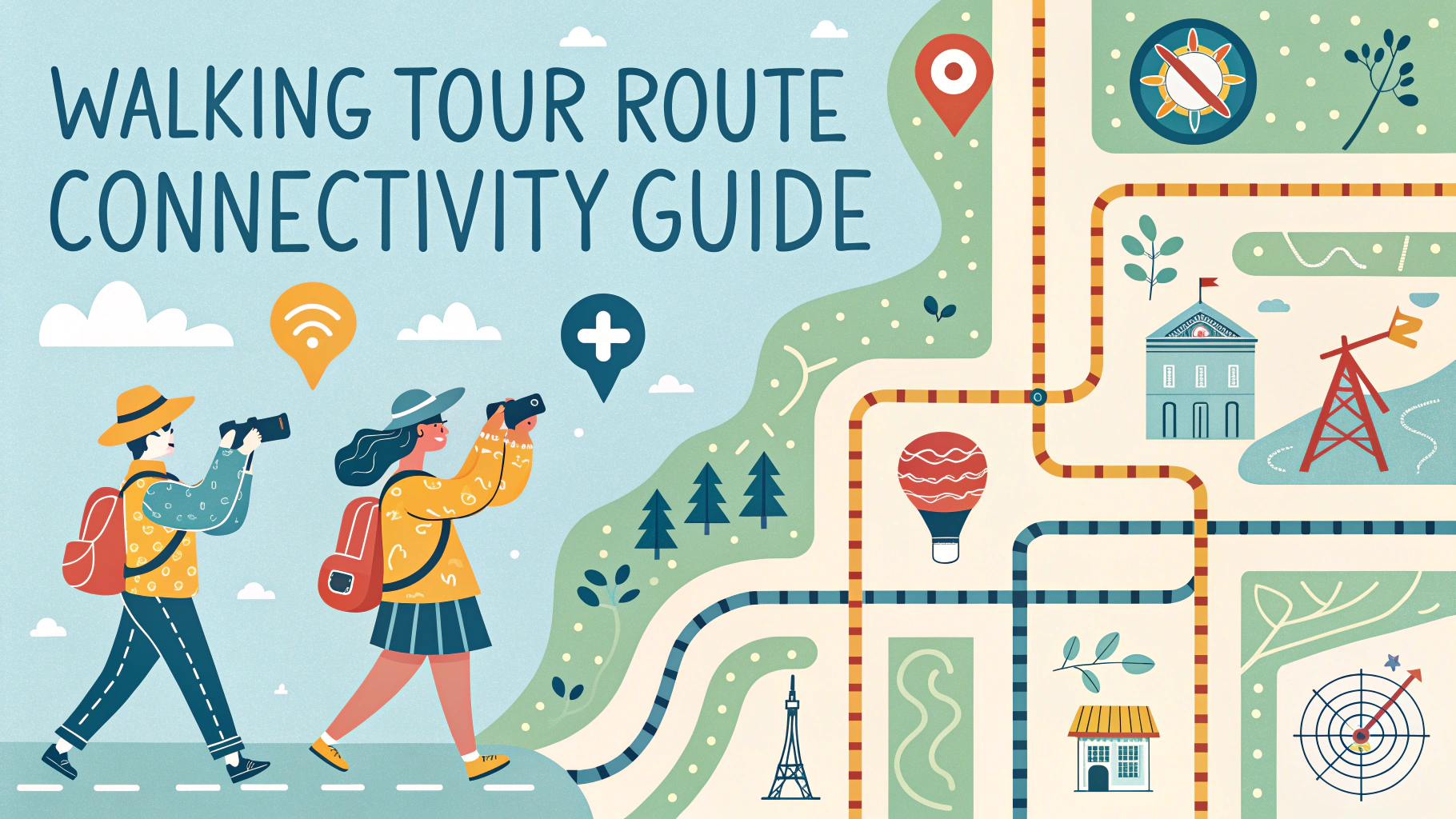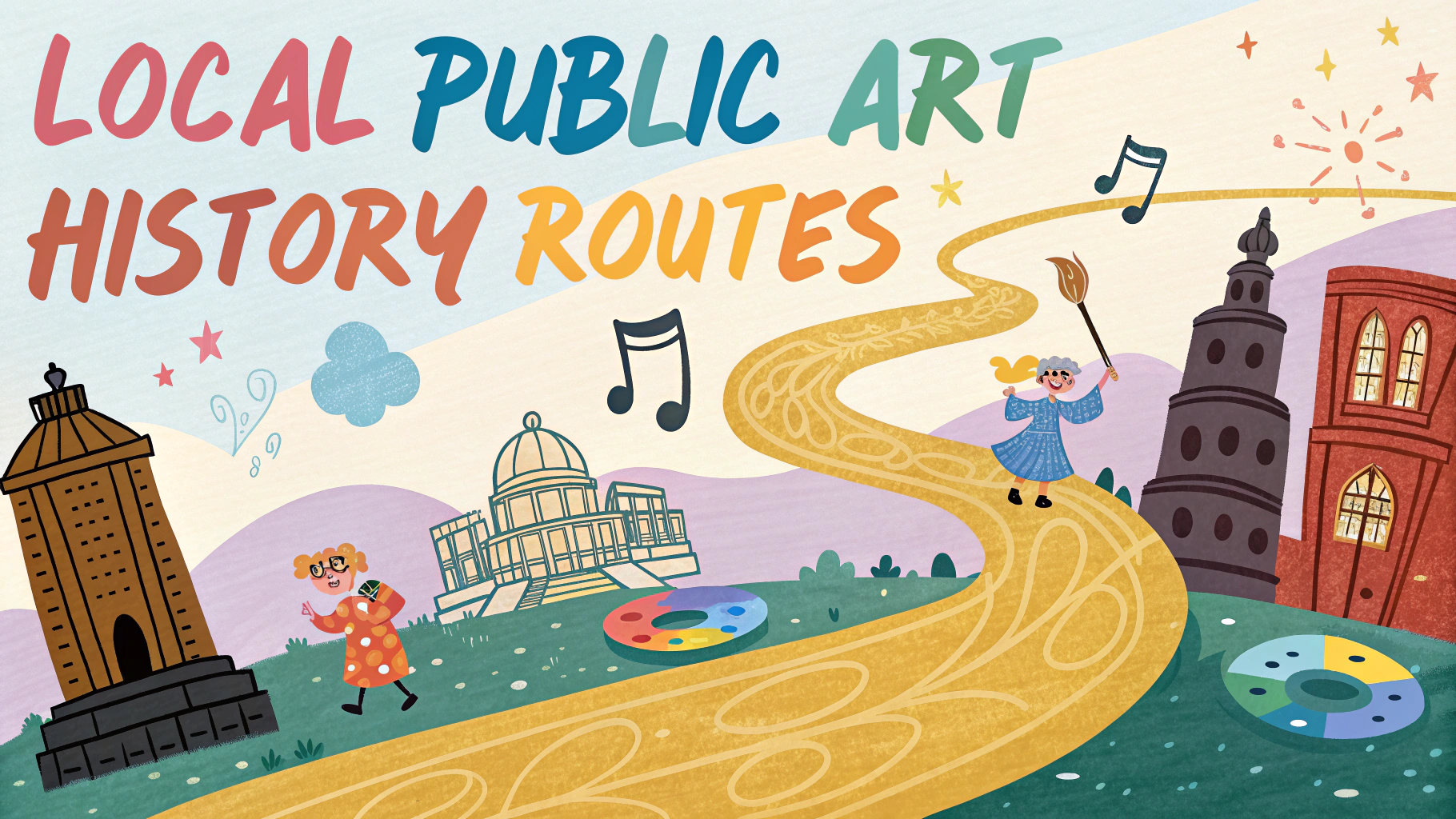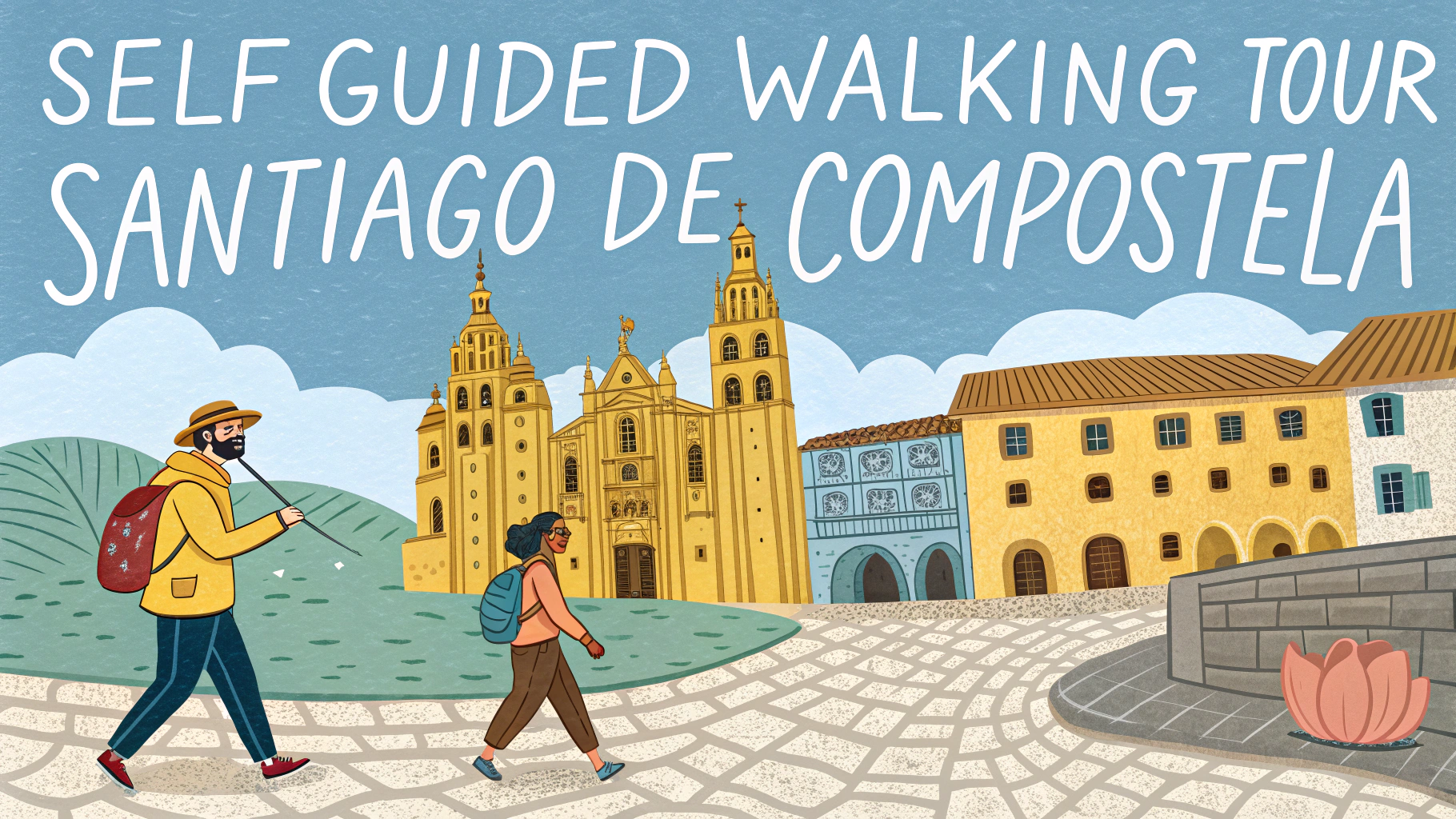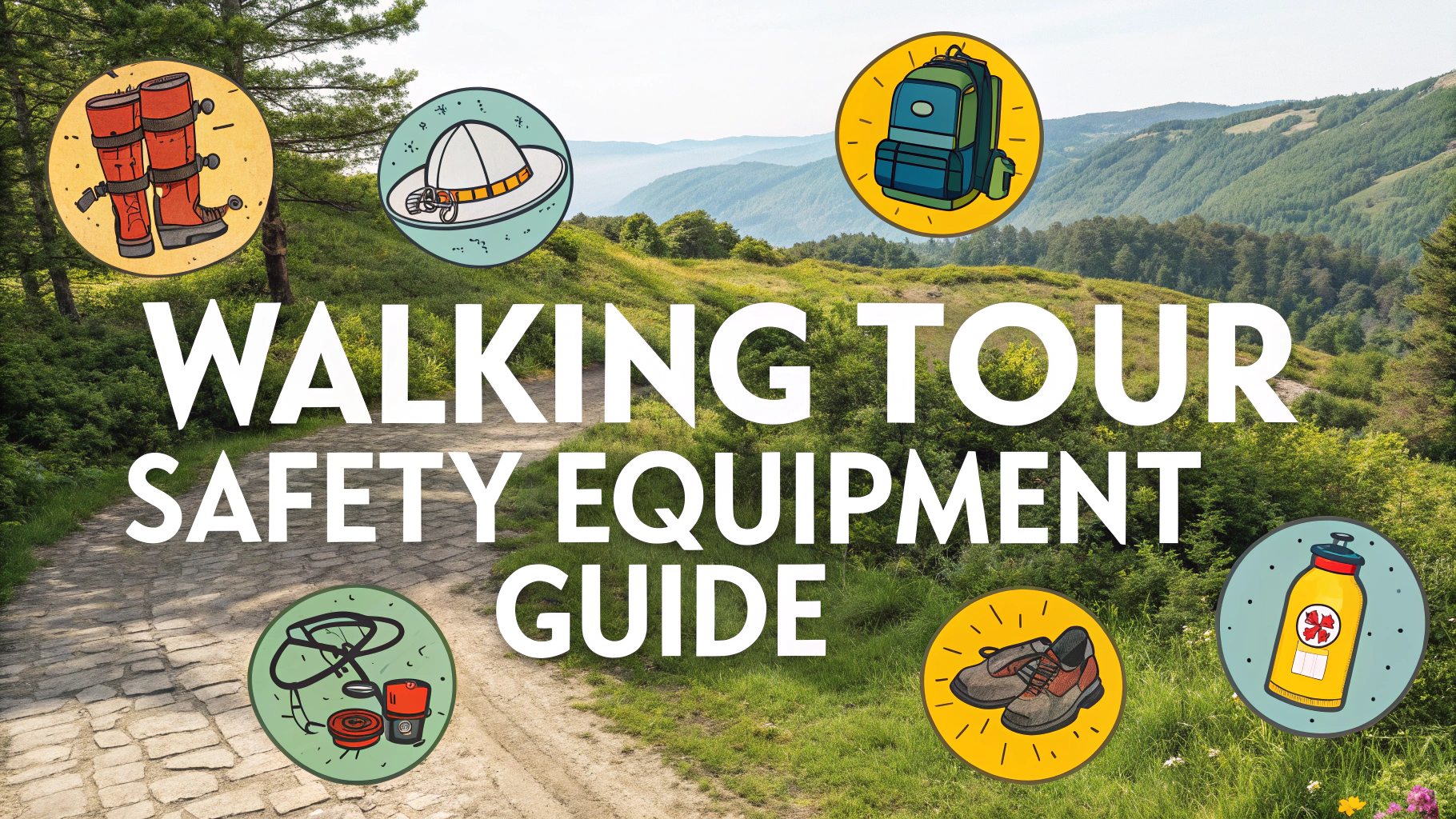Historic cemetery walking tours offer a unique blend of history, architecture, and outdoor exploration while discovering the stories behind notable graves and memorials.
Planning Your Cemetery Visit
Before visiting any cemetery, check their opening hours and obtain necessary permits or permissions from the cemetery office.
- Best visiting hours: Early morning or late afternoon for optimal lighting
- Wear comfortable walking shoes and weather-appropriate clothing
- Bring water, sunscreen, and insect repellent
- Pack a camera and notebook
- Download cemetery maps if available
Cemetery Etiquette
Respect is paramount when visiting these historic grounds.
- Stay on designated paths
- Don’t touch or lean on headstones
- Keep voices down
- Never remove items from graves
- Ask permission before doing gravestone rubbings
What to Look For
- Symbolism: Angels, crosses, anchors, flowers
- Architecture: Mausoleums, tomb designs, stonework
- Epitaphs: Personal messages, historical information
- Notable figures: Local historical figures, veterans
Popular Historic Cemeteries for Walking Tours
| Cemetery | Location | Notable Features |
|---|---|---|
| Père Lachaise | Paris, France | Jim Morrison, Oscar Wilde graves |
| Green-Wood | Brooklyn, NY | Victorian architecture, Civil War history |
| Highgate | London, UK | Victorian Gothic tombs, Karl Marx memorial |
Photography Tips
Early morning or late afternoon light provides the best conditions for cemetery photography.
- Use a polarizing filter to reduce glare on stone surfaces
- Capture wide shots for context and close-ups for details
- Photograph from different angles to highlight carved details
- Check cemetery rules regarding photography
Safety Considerations
- Walk with a companion when possible
- Carry a cell phone
- Watch for uneven ground and loose stones
- Visit during daylight hours
- Stay aware of your surroundings
Resources for Research
- Find A Grave – Database of cemetery records
- Ancestry.com – Genealogical research
- Local historical societies
- Cemetery offices and archives
Many cemeteries offer guided tours – check their websites or local tourism offices for schedules and bookings.
Making the Most of Guided Tours
Guided cemetery tours provide expert commentary and access to areas that may be restricted to general visitors.
- Book tours in advance during peak seasons
- Ask questions about local history and customs
- Take notes for future reference
- Consider specialized tours (architectural, historical figures, etc.)
Seasonal Considerations
Best Seasons to Visit
- Spring: Blooming flowers and mild weather
- Fall: Atmospheric conditions and fall foliage
- Winter: Snow-covered sculptures and clear visibility
Educational Opportunities
Historic cemeteries serve as outdoor classrooms for various subjects:
- Local history and genealogy
- Art history and sculpture
- Cultural traditions and customs
- Landscape architecture
Preservation Efforts
Many historic cemeteries rely on community support for maintenance and restoration.
- Volunteer opportunities
- Donation programs
- Adoption of graves or sections
- Educational outreach
Conclusion
Cemetery walking tours offer unique insights into local history, art, and culture. By following proper etiquette and preparation guidelines, visitors can enjoy meaningful experiences while preserving these important historical sites for future generations.
Consider joining local historical societies or cemetery friends groups to support preservation efforts and gain deeper knowledge of these fascinating outdoor museums.
FAQs
- Are cemetery walking tours appropriate for all ages?
While cemetery tours are generally suitable for older children and adults, some content may be too solemn or complex for young children. Parents should use their discretion and check specific tour guidelines. - What is the best time of day to take a cemetery walking tour?
Daylight hours are ideal for self-guided cemetery tours, ideally early morning or late afternoon when temperatures are cooler and lighting is good for photography. Many cemeteries close at dusk. - Do I need permission to take a self-guided cemetery tour?
Most public cemeteries allow visitors during operating hours, but some historic or private cemeteries may require advance permission. Always check cemetery regulations before visiting. - What should I bring on a cemetery walking tour?
Essential items include comfortable walking shoes, water, a map of the grounds, camera (if permitted), and any tour materials or guidebooks. Sunscreen and insect repellent are also recommended. - Is it disrespectful to take photographs in a cemetery?
Photography for personal use is generally acceptable in most cemeteries, but avoid photographing active funerals or mourners. Some cemeteries have specific photography policies, so check beforehand. - How can I find notable graves or monuments during a self-guided tour?
Many cemeteries provide maps marking significant graves, or you can research online databases beforehand. Cemetery offices often maintain records of notable burial locations. - What is proper etiquette while visiting a historic cemetery?
Stay on designated paths, avoid walking on graves, maintain quiet respect, don’t touch or rub monuments, and leave everything as you found it. Remember these are active places of mourning. - Can I do grave rubbings during my cemetery tour?
Many historic cemeteries now prohibit grave rubbings as they can damage delicate stonework. Always check cemetery policies and never attempt rubbings without explicit permission. - What historical information can I learn from cemetery markers?
Gravestones can reveal dates, family relationships, occupations, social status, religious beliefs, historical events, and artistic styles of different eras through their symbols and inscriptions. - Are historic cemeteries accessible for people with mobility issues?
Accessibility varies greatly between cemeteries. Many historic cemeteries have uneven ground, steep hills, or narrow paths. Contact the cemetery office for accessibility information before visiting.
